The Search for Canadice Pioneer Amasa T. Winch (1827-1897) … Teacher, Family Man, Farmer and Politician
Etched in Stone – Exploring New York’s Buried Past
- DAVID PIERCE –
MOTIVATION
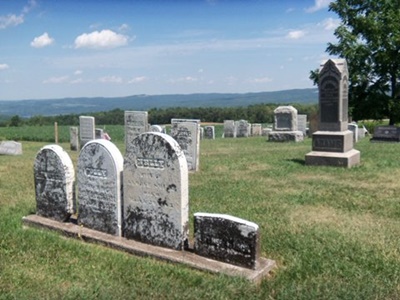
Inevitably, the day-to-day lives of our ancestors fade over time along with the cemeteries and gravestones that mark their final resting places. Older burial grounds become neglected, forgotten and many, for better or worse, fall into ruin; some disappear forever. Sharing New York’s buried past helps preserve the rich histories of brave men and women who have gone before us. Lives of great expectation, long lives and short lives, lives of joy and sorrow, lives of triumph and tragedy, lives of gain and loss…are all shared and preserved when descendants honor their ancestors through recognition, research, and reverence.
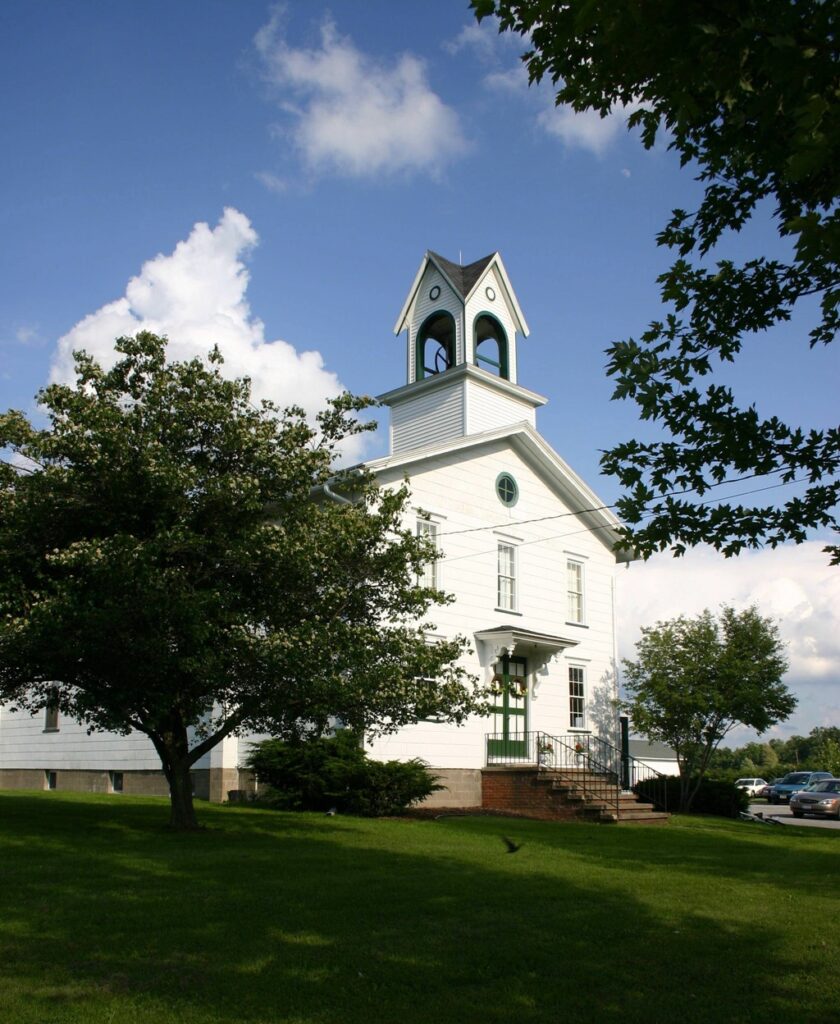
THE CEMETERY
The Canadice Corners Cemetery is located next to the Methodist Church in Canadice, NY, at the intersection of County Road 37 and Canadice Hill Road. Unlike many of the cemeteries I have visited, Canadice Corners is still an active cemetery. The passage of time, however, has worn many gravestones to the point of being illegible. The cemetery was originally managed by the Methodist Church as a churchyard cemetery. Over time, the church was unable to continue maintenance of the cemetery, and operations were transferred to a Cemetery Association which is still operating.
With Honeoye Lake stretching out below, the rolling hillsides of Canadice surround the cemetery. The setting of Canadice Corners Cemetery gives the visitor a feeling of going back in time, to the small, white steepled churches of 18th and 19th century New England. The early inhabitants of Canadice came from various New England states to make a home and to farm the virgin, fertile farmlands of the region. Such was the experience of the Winch Family.
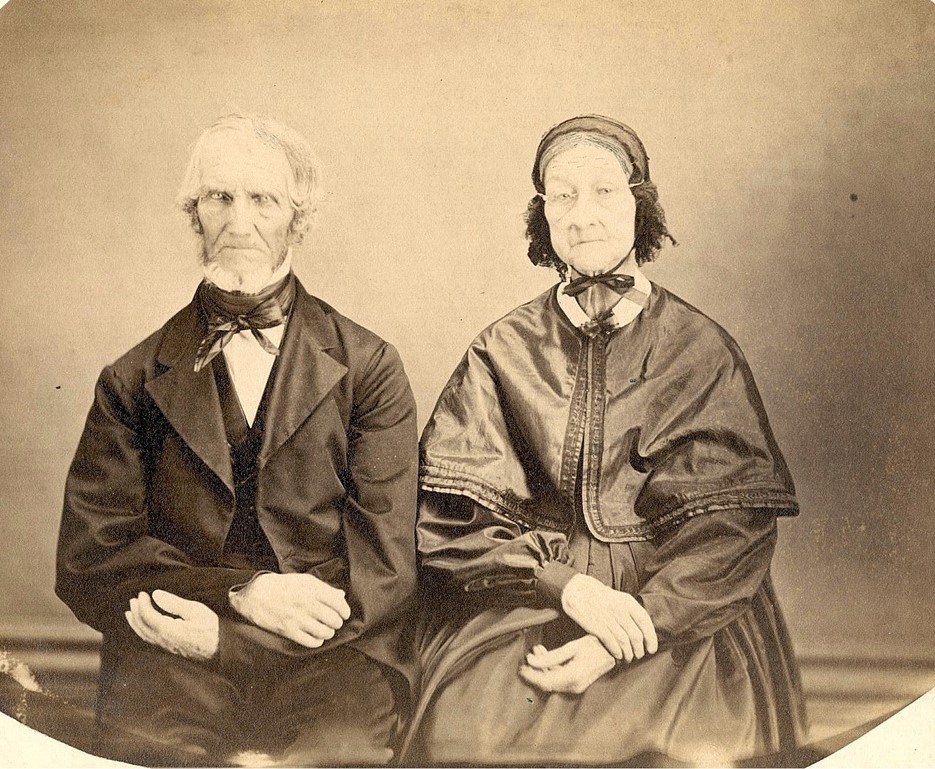
John Winch and Mary Thomson circa 1880 All photos courtesy of David Pierce
My 2nd great grandfather Amasa T. Winch was born at Marlow, Cheshire County, New Hampshire, May 9, 1820. His parents, John Winch and Mary Thomson, were both were descended from families of the early Massachusetts settlers. Mary Thompson provided the path for my direct lineage to the Mayflower voyage of 1620.
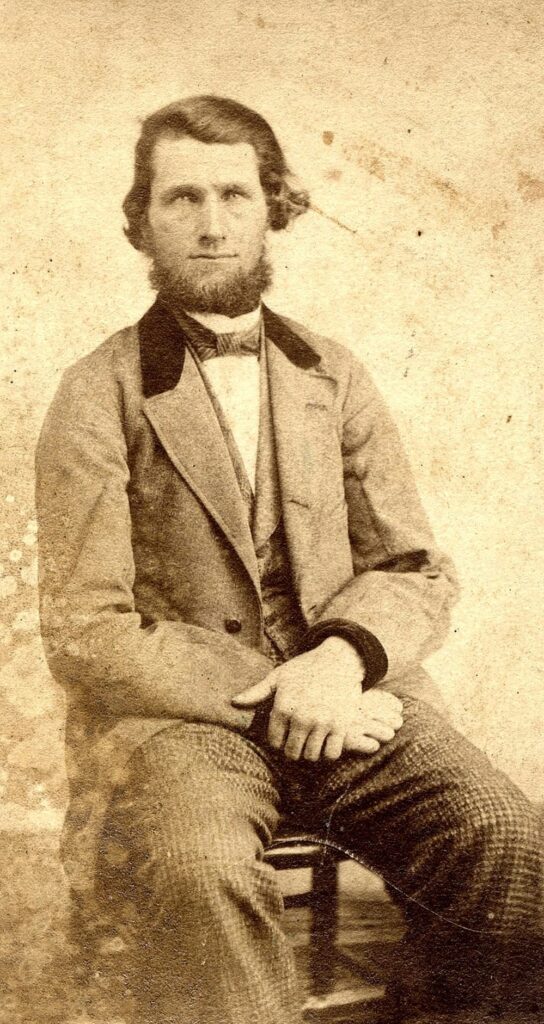
In 1829 Amasa moved with his parents to the town of Canadice, Ontario County, where he made his home on the family farm. The Winch farm was located on the west side of Canadice Hill Road (County Road 37) about 2.5 miles south of the Methodist Church. He was educated in the common schools of that town, with one season at the Lima Seminary, and he was engaged in teaching school from 1838 to 1850.
Amasa’s Adult Life–Family, Work, Politics, and Church
Family – On May 20, 1847, Amasa Winch was married to Miss Elizabeth Terbush (1824 – 1900). Elizabeth was born in the Town of Barrington, Yates County, NY and moved to Canadice with her family when she was 15 years old. They were married for nearly 50 years.
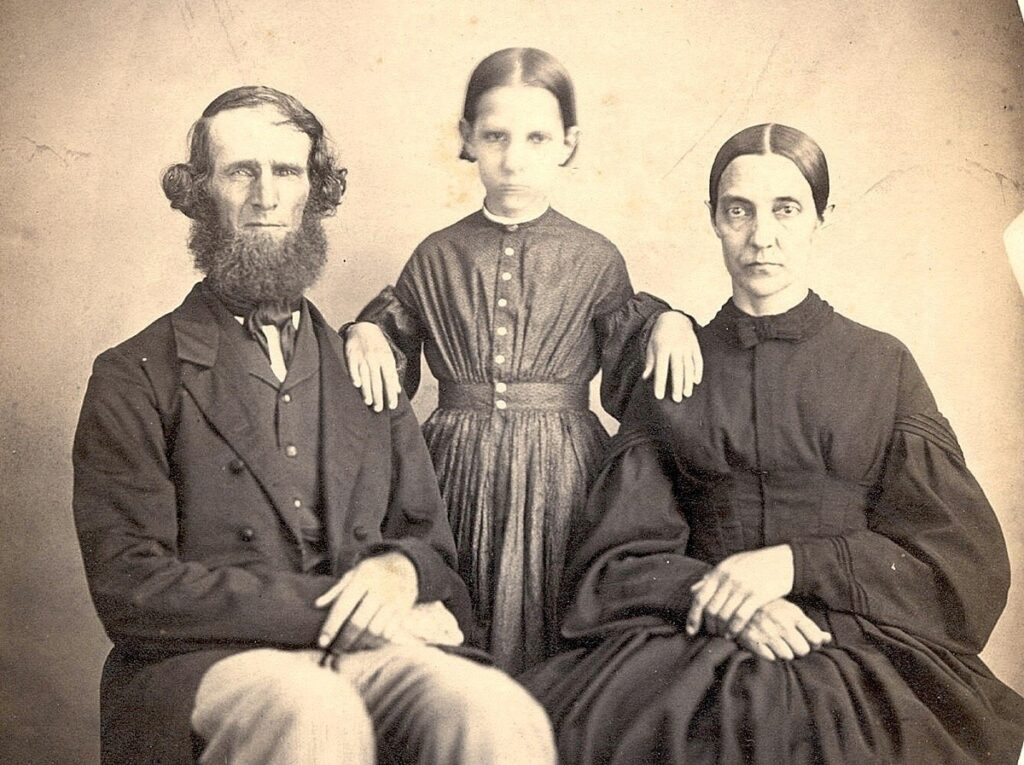
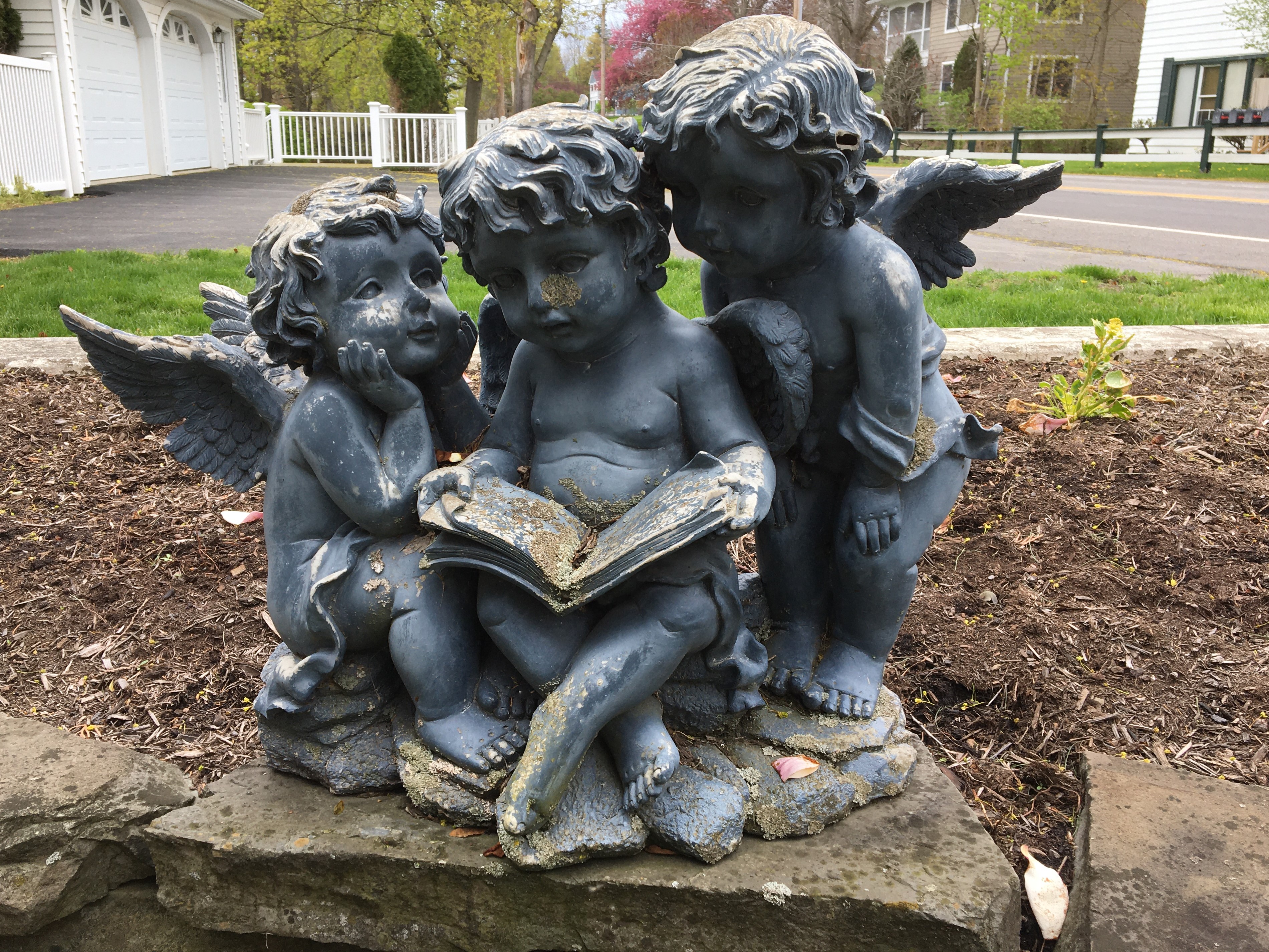
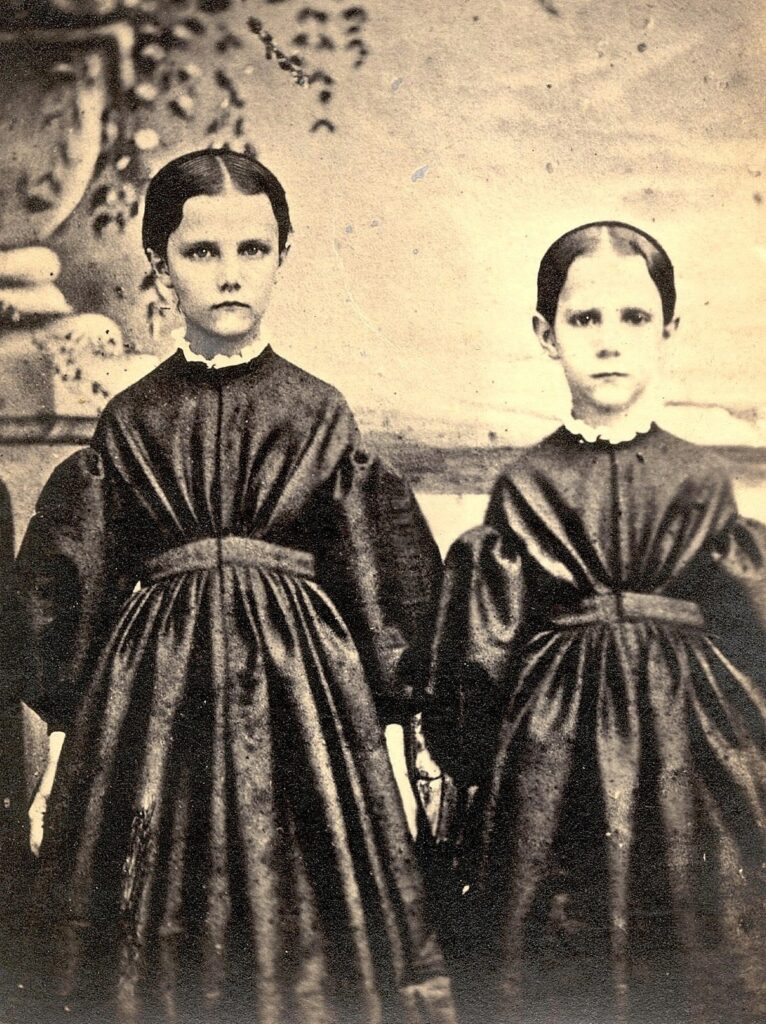
My motivation for writing Etched In Stone includes preserving the history of those who have gone before us…long lives and short lives, lives of triumph and tragedy. The Winch Family exemplifies these descriptive family experiences. Amasa and Elizabeth had four children, all daughters, of whom the youngest, Lucy, born May 13, 1858, is my great grandmother. Lucy’s three older sisters, Mary, born April 12, 1848, Martha, born May 17, 1850 and Alice, born February 2, 1857, all passed away in childhood. Mary died in 1849 at a year and a half old, Martha died in 1850at one day old, and Alice died in 1864 at seven and a half years old. Childhood mortality was all too common in the pioneer days of New York State, particularly in rural areas where everyday life was a struggle. Amasa and Elizabeth endured the unthinkable, heartbreaking loss of three of their four daughters in a 15-year timespan. Only their daughter Lucy survived to adulthood.
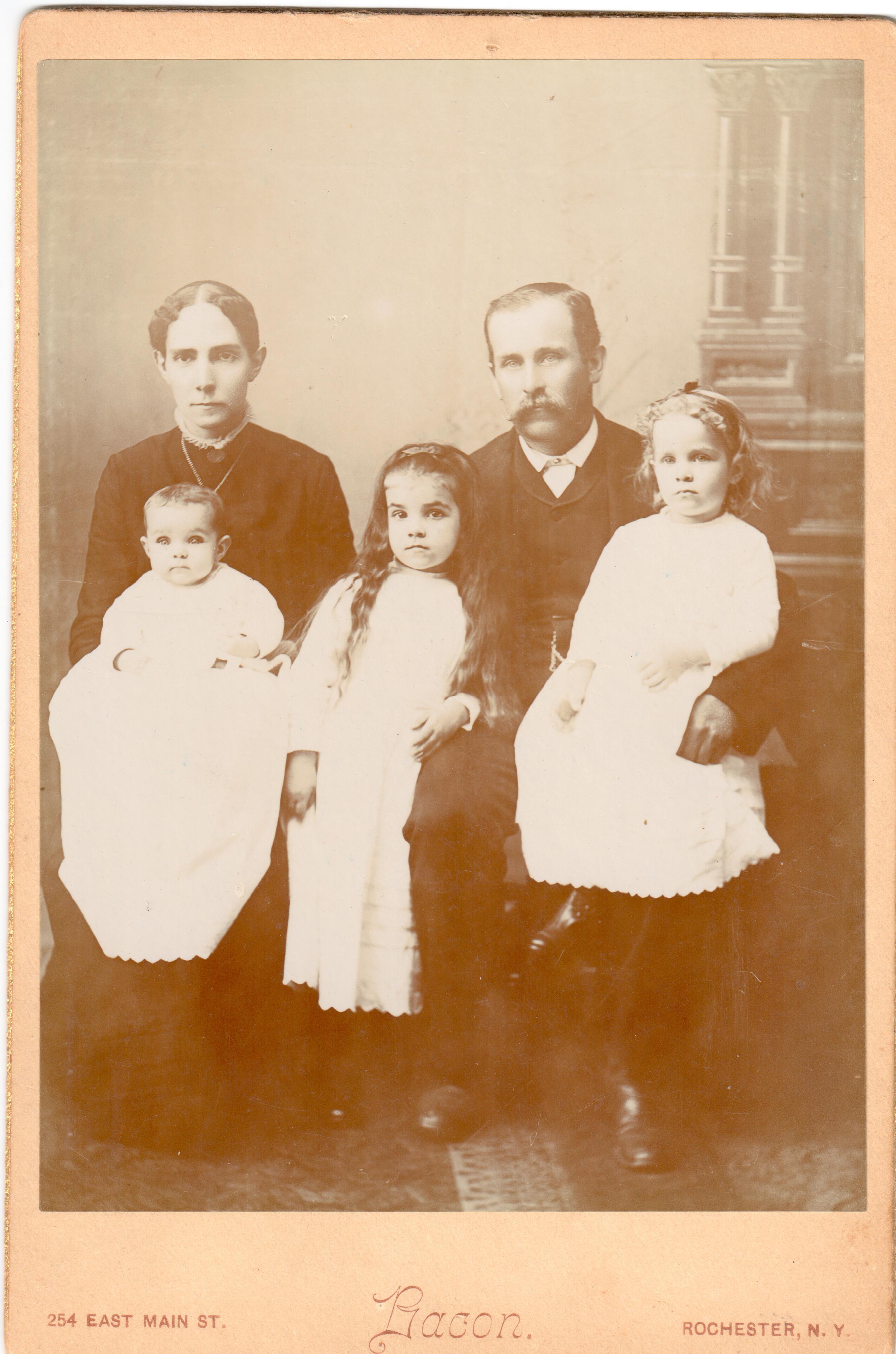
In a strange and beautiful coincidence, Lucy, the sole surviving child of Amasa and Elizabeth Winch, married Lucius Doolittle of Canadice on September 5, 1888. They were married 33 years and had three children, all daughters, who they named Mary, Martha and Alice in memory of Lucy’s three deceased sisters.
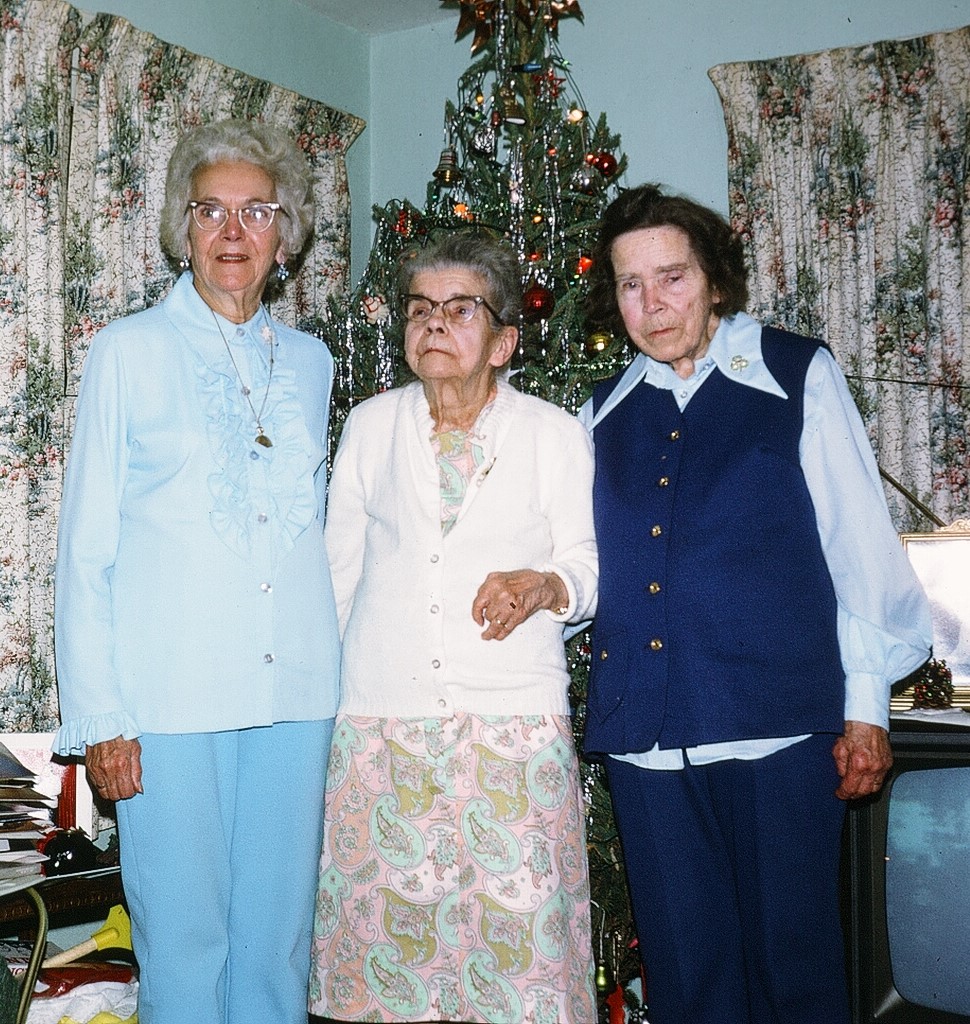
My motivation for writing Etched In Stone includes preserving the history of those who have gone before us…long lives and short lives, lives of triumph and tragedy. The Winch Family exemplifies these descriptive family experiences. Amasa and Elizabeth had four children, all daughters, of whom the youngest, Lucy, born May 13, 1858, is my great grandmother. Lucy’s three older sisters, Mary, born April 12, 1848, Martha, born May 17, 1850 and Alice, born February 2, 1857, all passed away in childhood. Mary died in 1849 at a year and a half old, Martha died in 1850 at one day old, and Alice died in 1864 at seven and a half years old. Childhood mortality was all too common in the pioneer days of New York State, particularly in rural areas where everyday life was a struggle. Amasa and Elizabeth endured the unthinkable, heartbreaking loss of three of their four daughters in a 15-year timespan. Only their daughter Lucy survived to adulthood.
Politics and Work – Amasa Winch was originally an anti-slavery Democrat, but became a Republican upon the organization of that party, and voted for John Fremont, Abraham Lincoln, and all the succeeding nominees for the presidency. He was elected supervisor of Canadice in 1870, and was re-elected to the same office for the six following years, several times with no opposition. He was chairman of the Ontario County Board of Supervisors in 1874 and again in 1876. In the Fall of 1876 he was made the Republican nominee for member of Assembly in the second or western district of Ontario County, and was elected by a majority of 800 votes. He served on the Public Education, Grievances, and Public Lands Committees. Re-elected in 1877 for the session of 1878, he was appointed to membership on the General Laws and Manufacture of Salt Committees, and was the Chairman of the Public Lands Committee. Following his retirement from the Legislature, he continued to reside on his farm in Canadice, and afterwards held no state public offices. He was town superintendent of schools for several years previous to the abolition of that office, and practiced some as a land surveyor for a few years, and when not otherwise employed, worked on the farm. He also served as a Notary Public and Justice of the Peace. He was elected to the Justice of the Peace office without his consent, and so great was his dislike of litigation, and he found the duties so distasteful, that he resigned after a single year’s service.
Church – Amasa was converted in 1837 in a revival conducted by the Rev. Thomas Castleton, pastor of the Methodist Episcopal Church. He united with the church, and continued as an active member of the church and Sunday school for nearly 60 years. During most of that time he was a teacher in the Sunday school, and held various offices in the Sunday school and church, serving as Superintendent of the Sunday school for 16 consecutive years, during which he never was absent a Sunday from his duties.
Death of Amasa T. Winch
• Had Twice Represented His District in the Assembly •Was 76 Years Old
Excerpt from the Livonia Gazette, 12 March 1897
Two years before his death, Amasa had a very severe attack of the grip, and for days his life was despaired of. He thought he was dying, and bade all good-bye. He was asked, “what was the outlook, whether the prospect was bright?” In his final illness he was taken so deathly sick that he was never able to hold conversation, and could hardly talk or hear. He left no good-bye, said nothing about whether he expected to live or not, but about two hours before he died, he turned toward the window, although outside it was still dark, and the curtains were down, and looked earnestly at what mortal eyes could not see, and said: “What a magnificent sight!” It was his last sentence on earth, but it told what was the outlook. The question of two years ago was answered. He leaves three young grandchildren, Alice, Mary and Martha, and is reunited to his own little Mary, Martha, and Alice.
Amasa T. Winch passed away before dawn on Saturday, February 27, 1897 at the age of 76. He led a long life of joy and sorrow, triumph and tragedy, gain and loss. He was buried in the Winch Family plot, in the churchyard of the church he served so faithfully, completing his journey here on Earth, now preserved as a small piece of New York’s buried past.

2 thoughts on “The Search for Canadice Pioneer Amasa T. Winch (1827-1897) … Teacher, Family Man, Farmer and Politician”
Comments are closed.
Great article David! My name is Douglas Morgan and I am the former Lima, NY Town Historian. Many of the stones in Canadice Methodist Cemetery are my ancestors, the Doolittles. Contact me via email & I have many things to share with you about Amasa and his family. I am also Vice-President of the Springwater/Webster Crossing Historical Society and have been researching Springwater Canadice area for many years.
Thanks so much Doug! I appreciate the feedback. I am currently working on an interesting project with the Bristol Hills Historical Society at the Bristol Center Cemetery. I would certainly enjoy hearing more about Amasa and his family. I also have Kingsley relatives from the Springwater area. Look forward to connecting.
Dave